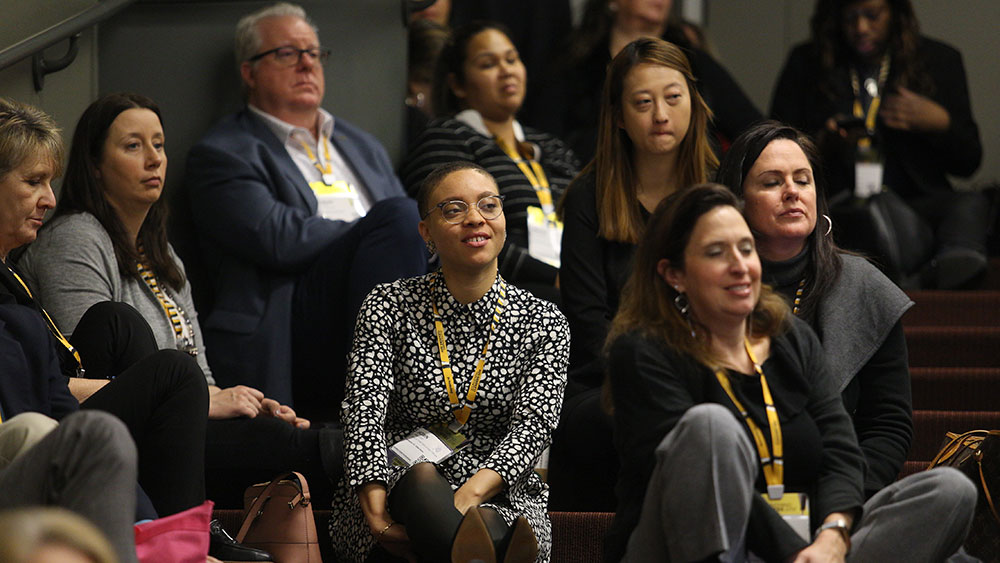
Some of the same in-person meeting strategies can be applied to creating diverse and inclusive digital events. (Jacob Slaton Photography)
There is a long and comprehensive checklist for event organizers seeking to create diverse and inclusive in-person events — from venue selection to ensure accessibility for all to F&B that respects religious practices. Those considerations obviously do not apply to online events, and it may be assumed that only one box — speaker lineup — needs to be checked off to ensure diversity of thought and participation. But there are other simple considerations organizers can keep in mind as well to encourage fully inclusive digital events.
Last May, REACH — a seven-year program (2015-2022) devoted to improving water security for the poor, led by Oxford University with an international consortium of partners and funded with aid from the U.K. government — published “Developing Inclusive Conferences,” a best practices guide to enabling people of all backgrounds and career stages to participate and feel included at in-person events.
Even in a COVID-19 world, where in-person events are not feasible at the moment, you can glean insights from the how-to guide for event organizers — which was based on survey results, a review of best practices related to promoting diversity at events, and in consultation with conference organizers and gender and diversity experts — for creating diverse and inclusive digital events. We’ve pulled out seven tips:
- Timing — Choose a date that does not overlap with key religious or (depending on your audience) international holidays.
- Networking — While you will maximize participation by making sessions available on demand, schedule at least one networking session at different times of the day to ensure all can participate.
- Registration cost — Consider creating a scholarship with reduced or complimentary registration and unbundle the price so that people can opt out of certain aspects of the event.
- Program — Make sure you have diversity within the program committee and/or internal team. Commit to ensuring gender, ethnic, racial, age, and abilities diversity in all of your speaking roles, and enforce as a strict policy.
- Moderator — If having panel discussions is part of the digital program, appoint a moderator to make sure each member of each panel is given an equal opportunity to speak and avoid having panelists monopolize the discussion.
- Interactivity — According to the guide, research shows that men are more likely to ask a question during Q&As; however, this changes if the first question is asked by a woman. If you are taking one question at a time, try starting with a woman, member of a minority group, or early-career professional, although this may or may not be possible to determine in a digital setting, depending on the platform you are using.
- Communications — Before the event: Create a clear equality and diversity statement specifically for the event and publish a code of conduct that spells out zero tolerance for harassment or discrimination (which also applies to social media around the event). Make sure your online images promoting the event and on social media give equal visibility to women, young professionals, races, and disabilities. During the event: Open the event by making a statement about efforts towards inclusion, equality, and diversity. After the event: Collect feedback from participants on the inclusivity of the event and publicize the findings.
Diversity matters, whether it’s a face-to-face or virtual event. As REACH’s guide notes, “A diversity of perspectives and people means a wider variety of ideas, discussions, and potential collaborations. Ultimately, this means a better event.”
Michelle Russell is editor in chief of Convene.
